Sanga Stadium by Kyocera, Kameoka
#2 among attractions in Kameoka


Facts and practical information
Sanga Stadium by Kyocera, formerly known as Kyoto Stadium, is a stadium in Kameoka, Kyoto Prefecture, Japan. It primarily serves as the home to Kyoto Sanga F.C. of the Japan Professional Football League. It was completed in early 2020, in time for the 2020 J2 League season. ()
Kameoka Japan
Sanga Stadium by Kyocera – popular in the area (distance from the attraction)
Nearby attractions include: Tenryū-ji, Iwatayama Monkey Park, Ōkōchi Sansō, Adashino Nenbutsu-ji.
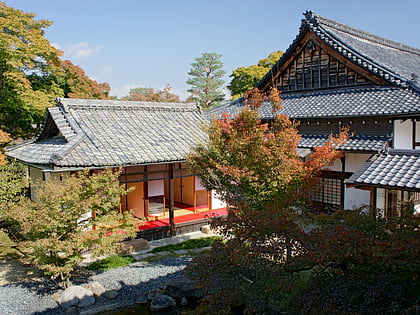 Zen temple in a scenic, tranquil setting
Zen temple in a scenic, tranquil settingTenryū-ji, Kyoto
129 min walk • Tenryū-ji is a serene oasis nestled in the heart of Arashiyama, a scenic district on the western outskirts of Kyoto, Japan. Founded in 1339 by the shogun Ashikaga Takauji, this historic temple serves as the head temple of the Tenryū branch of Rinzai Zen Buddhism.
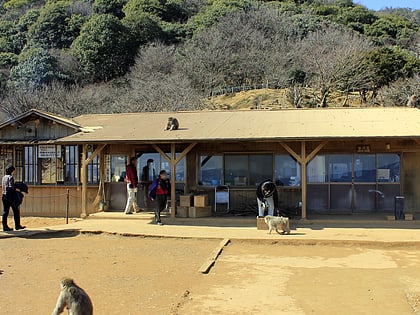 Park, Zoo, View point
Park, Zoo, View pointIwatayama Monkey Park, Kyoto
131 min walk • Nestled in the verdant hills of Arashiyama, on the outskirts of Kyoto, Japan, lies the Iwatayama Monkey Park, a unique wildlife reserve that offers an unforgettable experience for visitors. This park is home to a troop of over 120 Japanese macaque monkeys, also known...
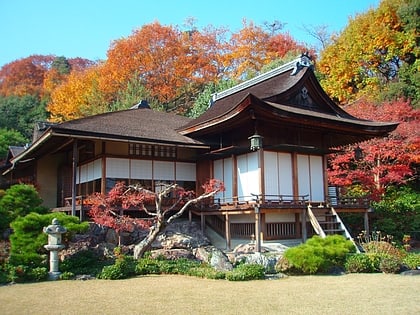 Buddhist architecture, Museum, History museum
Buddhist architecture, Museum, History museumŌkōchi Sansō, Kyoto
122 min walk • Ōkōchi Sansō is the former home and garden of the Japanese jidaigeki actor Denjirō Ōkōchi in Arashiyama, Kyoto. The villa is open to the public for an admission fee and is known for its gardens and views of the Kyoto area. Several of the buildings are recorded as cultural properties by the national government.
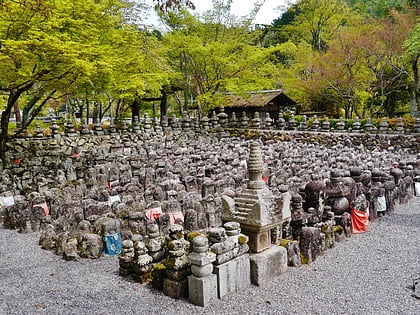 Temple known for its memorial statues
Temple known for its memorial statuesAdashino Nenbutsu-ji, Kyoto
117 min walk • Adashino Nenbutsu-ji is a Buddhist temple in Ukyo-ku, Kyoto, Japan. In 811 Kūkai is said to have founded a temple, then Honen altered it to the present Nenbutsuji.
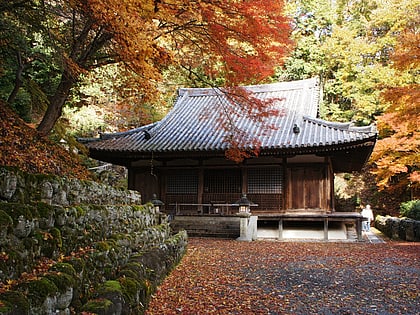 Buddhist temple with sculpted heads
Buddhist temple with sculpted headsOtagi Nenbutsu-ji, Kyoto
113 min walk • Otagi Nenbutsu-ji is a Buddhist temple in the Arashiyama neighborhood of Kyoto, Japan. Otagi Nenbutsu-ji was founded by Empress Shōtoku in the middle of the eighth century. Though was destroyed by the flooding of the Kamo River, it was rebuilt as an offshoot of Enryaku-ji, a nearby temple.
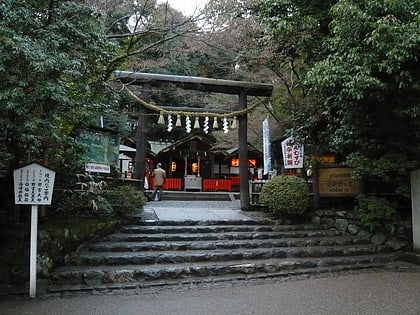 Storied Shinto shrine to marriage
Storied Shinto shrine to marriageNonomiya Shrine, Kyoto
129 min walk • Nonomiya Shrine, or the Shrine in the Country, is a Shinto shrine in the Arashiyama district on the west side of the city of Kyoto in Kyoto prefecture, Japan, close to its bamboo forest.
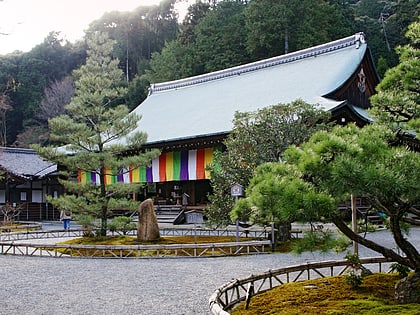 Buddhist architecture, Temple, Sacred and religious sites
Buddhist architecture, Temple, Sacred and religious sitesNison-in, Kyoto
120 min walk • Nison-in is a Tendai Buddhist temple complex in Ukyō-ku, a western ward in the city of Kyoto, Japan. The temple's official name is Ogura-yama Nison-kyō-in Keidai-ji. The temple is a popular destination during the Japanese maple viewing season.
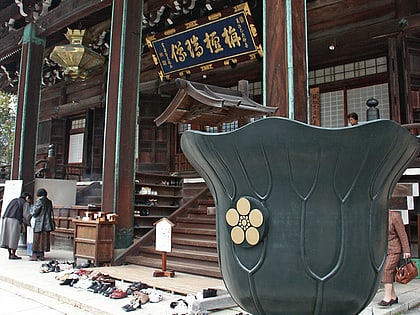 Temple, Sacred and religious sites
Temple, Sacred and religious sitesSeiryō-ji, Kyoto
129 min walk • Seiryō-ji is a Buddhist temple in the Saga district of Ukyō-ku, Kyoto, Japan. It is also known as Saga Shaka-dō. It is devoted to the practice of Yuzu Nembutsu. Initially, the temple belonged to the Kegon sect; then it became a Pure Land temple. The honzon is an image of Gautama Buddha.
 Historical place, Forts and castles
Historical place, Forts and castlesKameyama Castle, Kameoka
9 min walk • Kameyama Castle is a castle located in Kameoka, Kyoto Prefecture, Japan. It guarded the northwest passage into Kyoto for nearly three hundred years.
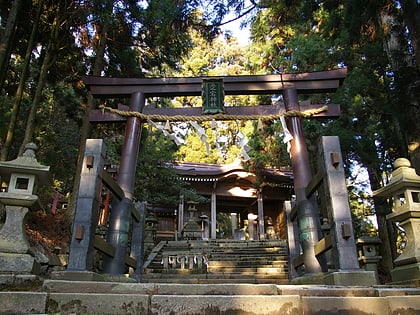 Temple, Historical place
Temple, Historical placeAtago Shrine, Kyoto
104 min walk • Atago Shrine is a Shinto shrine on Mount Atago, the northwest of Kyoto, Japan. Enshrined is Atago Gongen who protects Kyoto from fire. Shugendō practices and a place for worship are known from the eighth century. The late-Kamakura period Honden has been designated an Important Cultural Property.
 Forest
ForestBamboo Forest, Kyoto
119 min walk • Bamboo Forest, Arashiyama Bamboo Grove or Sagano Bamboo Forest, is a natural forest of bamboo in Arashiyama, Kyoto, Japan. The forest consists mostly of Moso Bamboo and consists of several pathways for tourists and visitors. The Ministry of the Environment considers it a part of the soundscape of Japan.
